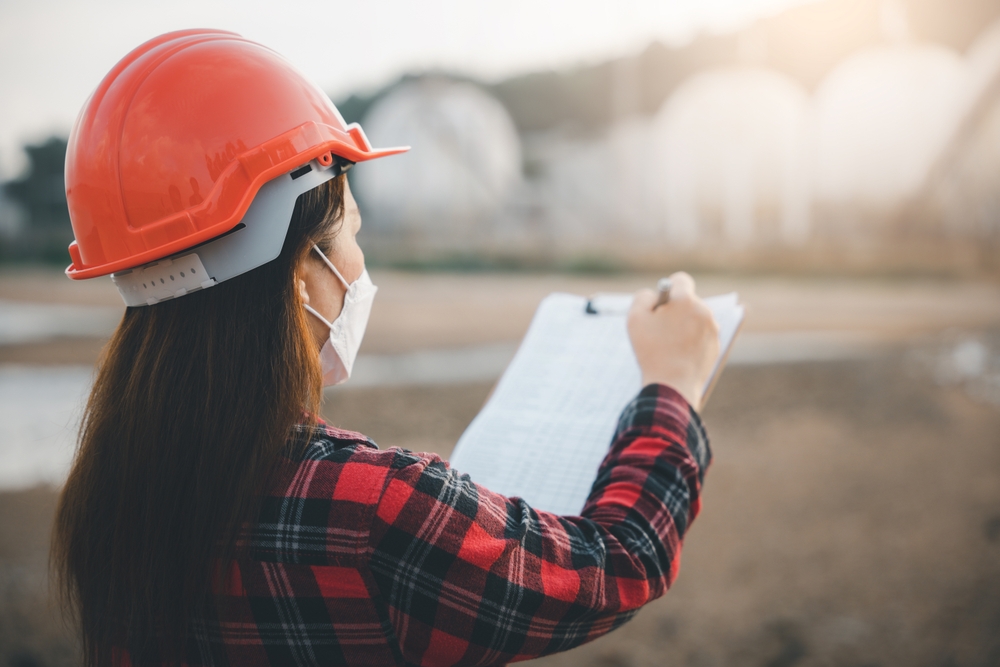NEW ORLEANS — Principles of studying works of fine art can be applied to hazard identification practices in industries, helping to bridge the dangerous gap between what most people look at and what is processed by the brain, according to an expert weighing on the practice of “visual literacy” as applied to the safety profession.
The Center of Visual Experience, a Toledo, Ohio-based industrial safety organization otherwise known as COVE, hired a statistician to examine thousands of workplace safety incidents and found that 24% of the lapses were due in part to visual acuity, according to Pete Batrowny, an independent environmental health and safety consultant on the organization’s advisory board who presented Monday at the National Safety Council’s Safety Congress & Expo.
“We don’t see as well as we think we do,” he said, adding that such factors as biases, timing, and overfamiliarity with a space can fool the brain into not processing what is there — a common factor in workplace safety issues where even an attuned safety professional can say, “I walk by there every day” and still miss a hazard.
The practice of processing images is one that can improve safety hazard identification, similar to what someone studying fine art would do, he said. First look — observe to see what is there — describe, then analyze and interpret. Safety professionals can improve their processes by slowing down, he said.
Providing attendees with a photograph of an industrial space, he asked them to identify the hazards — there were more than a dozen. One common problem is that inspections are too narrow; once a hazard is identified, the others may be unintentionally ignored or “not seen,” he said.
“The best thing you can do is slow down,” he said. “You have to slow down and use your slow brain… so we can actually make better sense at what we are looking at.”
